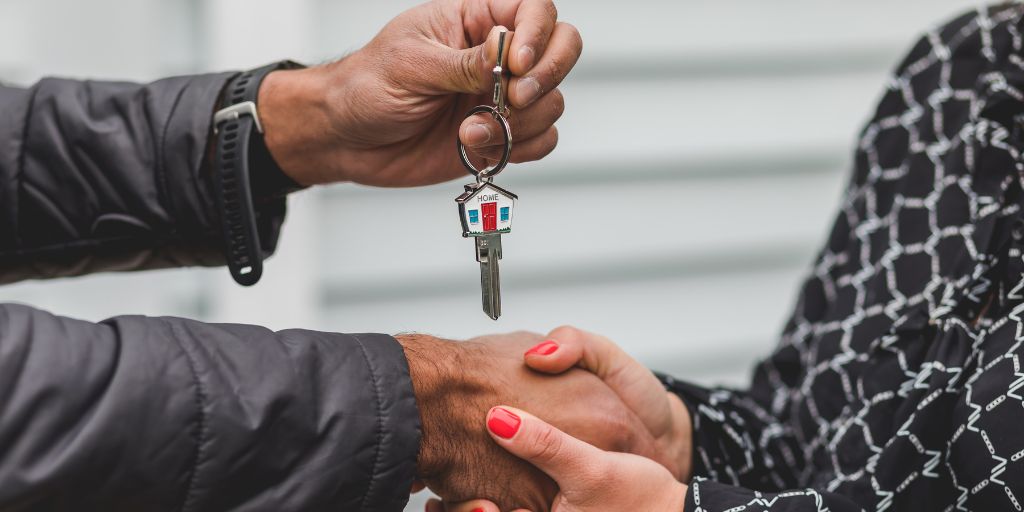Let us differentiate the two mortgages so that we have a clearer understanding of both.
What is a mortgage?
A mortgage is a valuable asset belonging to an individual which he uses as collateral to take a loan.
What is a reverse mortgage?
A reverse mortgage loan justly provides payment by the lender to the borrower. The borrower presents collateral which is his home. Against that home, the borrower receives compensation. That payment could be annual or monthly.
Who are eligible for a reverse mortgage loan?
- Citizens of India who are above 60 are eligible for a reverse mortgage loan. A couple needs to have a minimum of 58 years or above as a partner.
- The borrower needs to offer his home as collateral. This condition must be met to receive a loan. If a couple needs a loan, then at least one partner should be the owner of a home.
- The criteria also state that the property against which the loan is sought needs to be a minimum of twenty years.
- Commercial properties or those homes that have been rented out to someone else are not eligible.
What documents are needed to get this reverse mortgage through?
- Identity proof like Adhaar, Driving License, Voter ID, etc.
- Proof of address, like the property’s electricity bill being offered as collateral.
- The office ID card of the borrower can even be a private firm.
- The deeds of conveyance or property papers that mention the ownership details.
- Last six months’ bank statement for all the accounts held by the borrower
- The statement for the last year is required if the borrower has a loan account currently running through any bank or financial arm.
What benefits can be expected through a reverse mortgage loan?
- The monthly payments the borrower receives from the lender would be tax-free.
- If maintenance is done and the money is paid through the payments, then the standard deduction will be applied to computation as per the rules.
- One does not need to return any money to the lender for this service extended by the bank to the borrower. The payments will automatically cease at the end of the loan term or after the borrower’s death.
Reverse Mortgage Highlights.
- The maximum amount that can be provided under the reverse mortgage scheme is ₹ 1 Crore.
- The repayment duration is for ten years, while the maximum time varies. Some banks also provide up to 20 years.
- The borrower can decide how he wants the repayment-whether monthly, quarterly, annual, or lump sum amounts.
- The property must be assessed by the bank or housing finance company every five years.
- The borrower can decide to pay for the loan amount at any point during the loan period, and prepayment fees aren’t levied.
How does the bank earn out of this scheme?
- The bank interest that is levied is higher than any home loan. The rate of difference in interest charged by the bank between a home loan and a reverse mortgage is 3% more than a home loan.
Suppose a reverse mortgage is 80 lakhs and an interest rate of 10% p.a is charged for 15 years.
The payout by the bank to the borrower will be 19,305 every month.
Payout to the borrower from the bank per year is 19,305 x 12 = 2.32 lakhs
Interest charges at the end of the year @10% = 10918
The amount payable to the bank at the end of the 1st year = 2.32 lakhs + 10918= 2,43 Lakhs
In the 2nd year, the loan accrual will be 2.32 lakhs + 2,42 lakhs = 4.64 lakhs.
The interest rate for the 2nd year @10% = 36,319
Total accrual at the end of the 2nd year will be = 4.64 lakhs +36319 = 5.1 lakhs.
So in this manner, the borrower will have an outstanding to the bank as follows:
End of 5th year = 14.95 lakhs
End of 10th year = 39.54 lakhs
Lot of 15 years = 80 lakhs
So the total payout by the bank to the borrower in 15 years is 34.75 lakhs, and the total interest charges will be 45.25 lakhs. Therefore the borrower would owe the bank at the end of the 15th year 80 lakhs. So the borrower makes more than double the payout as interest charges to the bank. The borrower receives half the money.
Advantages of the Reverse Mortgage loan.
- The borrower doesn’t need to repay the loan amount. The bank moves in only if the borrower sells the house or decides to move out of the house.
- The borrower can continue staying in the property even after the loan duration is over, and the bank has stopped making payments to the borrower.
- There are no taxes deducted from the monthly payments. Income tax and Capital gains Tax are not deducted for these payments.
- The borrower can use the monthly payments for renovation or medical costs, an extension of property and maintenance, or various other purposes. There are no restrictions imposed.
- The bank can sell the property when the borrower dies to recover the outstanding loan. The survivor, partner, or next of kin can reclaim ownership by paying off the loan.
Disadvantages of Reverse Mortgage Loan
- The maximum lump sum amount the borrower can receive is 50% of the payout value.
- The borrower must pay all expenses like property maintenance, taxes, and home insurance as the ownership is retained and not transferred to the bank.
- All maintenance or renovation issues must get a NOC from the bank.
Names of Banks offering Reverse Mortgage Scheme
Andhra Bank
National Housing Bank
Punjab National Bank
Central Bank of India
State Bank of India
Corporation Bank
Canara Bank
LIC Housing Finance
Dewan Housing Finance Ltd
Indian Bank
Summary
The ideal method to augment the monthly income for retired citizens who depend on a monthly pension. This is a sure way of maintaining the standard of living and providing for anything extra like emergency expenses. The borrowers don’t have to depend on the ever-decreasing interest rates that keep going down. A reverse mortgage does help sustain a moderate livelihood.









